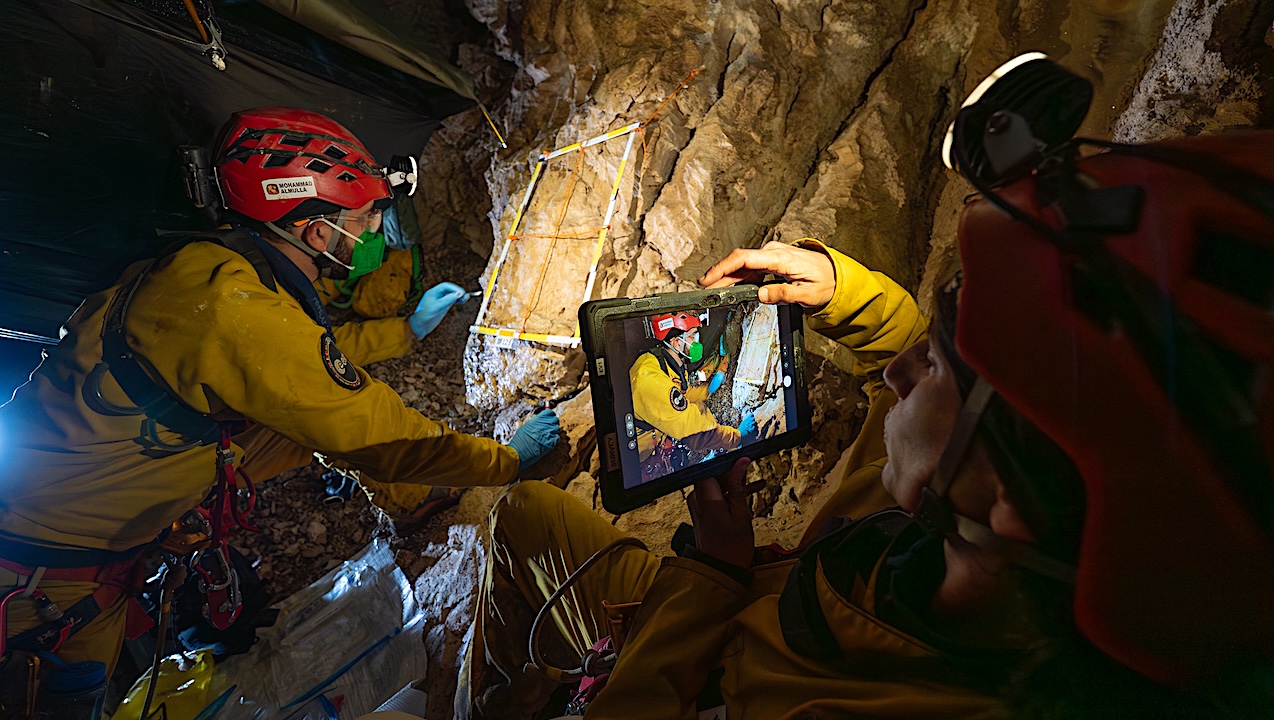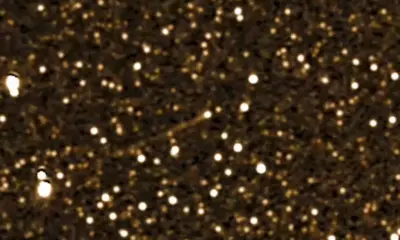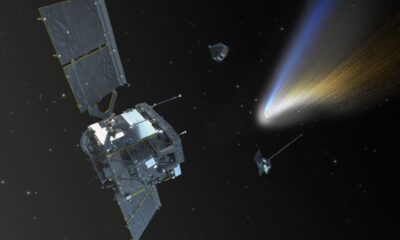Science
NASA and MBRSC Astronauts Collaborate in Cave Research

NASA astronaut Jasmin Moghbeli recently documented the efforts of Mohammad AlMulla, an astronaut from the Mohammed bin Rashid Space Centre (MBRSC), during a microbiological investigation in Abel Cave. This collaboration, which emphasizes the intersection of astrobiology and cave exploration, took place as part of a training program aimed at enhancing the skills of astronauts for future missions.
Both astronauts engaged in a series of activities designed to explore how life can exist in extreme conditions similar to those found on other planets. The research conducted in Abel Cave, located in the United Arab Emirates, is particularly significant as it allows scientists to study unique microbial life forms that thrive in subterranean environments. These findings could shed light on potential life on celestial bodies such as Mars and Europa, one of Jupiter’s moons.
Exploring Life in Extreme Conditions
The initiative highlights the importance of understanding extremophiles, organisms that can survive in harsh environments. AlMulla focused on sampling and analyzing microbial life in the cave, underlining the potential for similar life forms to exist beyond Earth. These investigations are crucial for astrobiological research, which seeks to answer fundamental questions about the origins of life and its adaptability.
Moghbeli’s photographs captured the essence of this expedition, providing visual documentation of the scientific processes involved in the research. She expressed enthusiasm for the collaboration, stating, “Working alongside fellow astronauts in such unique environments broadens our understanding of life in the universe.”
A Step Forward for International Cooperation
The training conducted at Abel Cave is part of a broader initiative to foster international cooperation in space exploration. The partnership between NASA and MBRSC is a testament to the united efforts of different nations to advance human knowledge and technology. As space agencies around the globe collaborate on missions to explore other planets, training in diverse environments becomes increasingly vital.
The research conducted in the cave not only prepares astronauts for the physical challenges of space missions but also emphasizes the importance of teamwork in achieving common scientific goals. Both Moghbeli and AlMulla are paving the way for future astronauts, demonstrating that exploration on Earth can yield insights applicable to space.
The findings from this microbiological investigation could play a significant role in future missions, offering clues about how to sustain life in space. With ongoing research and training, the collaboration between NASA and MBRSC is poised to contribute substantially to the field of astrobiology and our understanding of life beyond our planet.
-

 Technology5 months ago
Technology5 months agoDiscover the Top 10 Calorie Counting Apps of 2025
-

 Health3 months ago
Health3 months agoBella Hadid Shares Health Update After Treatment for Lyme Disease
-

 Health3 months ago
Health3 months agoErin Bates Shares Recovery Update Following Sepsis Complications
-

 Technology4 months ago
Technology4 months agoDiscover How to Reverse Image Search Using ChatGPT Effortlessly
-

 Technology1 month ago
Technology1 month agoDiscover 2025’s Top GPUs for Exceptional 4K Gaming Performance
-

 Technology3 months ago
Technology3 months agoElectric Moto Influencer Surronster Arrested in Tijuana
-

 Technology5 months ago
Technology5 months agoMeta Initiates $60B AI Data Center Expansion, Starting in Ohio
-

 Technology5 months ago
Technology5 months agoRecovering a Suspended TikTok Account: A Step-by-Step Guide
-

 Health5 months ago
Health5 months agoTested: Rab Firewall Mountain Jacket Survives Harsh Conditions
-

 Lifestyle5 months ago
Lifestyle5 months agoBelton Family Reunites After Daughter Survives Hill Country Floods
-

 Health3 months ago
Health3 months agoAnalysts Project Stronger Growth for Apple’s iPhone 17 Lineup
-

 Technology4 months ago
Technology4 months agoHarmonic Launches AI Chatbot App to Transform Mathematical Reasoning





















